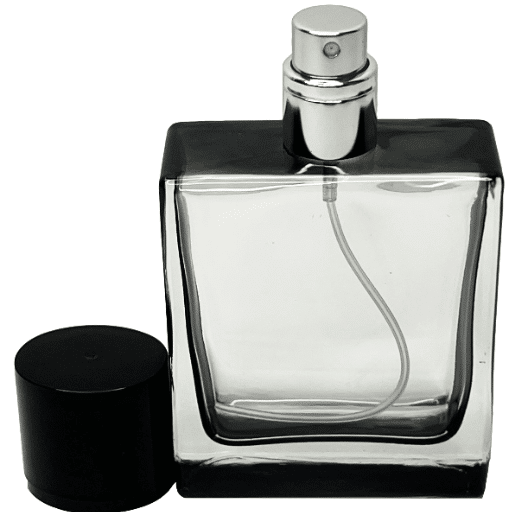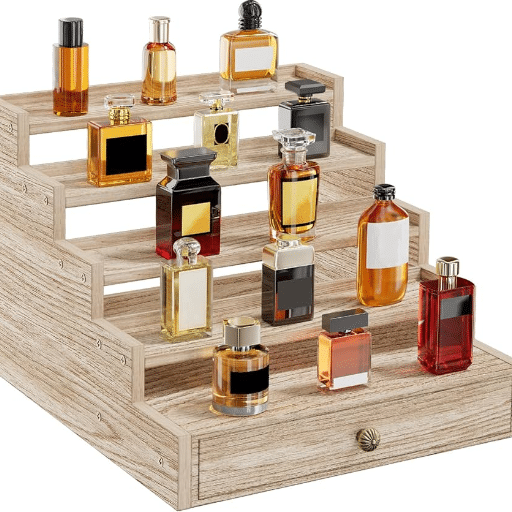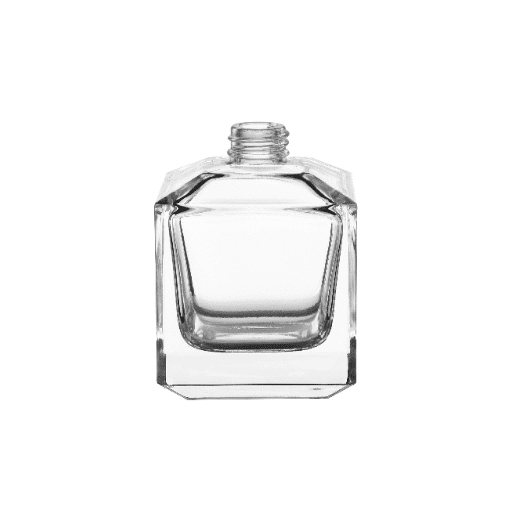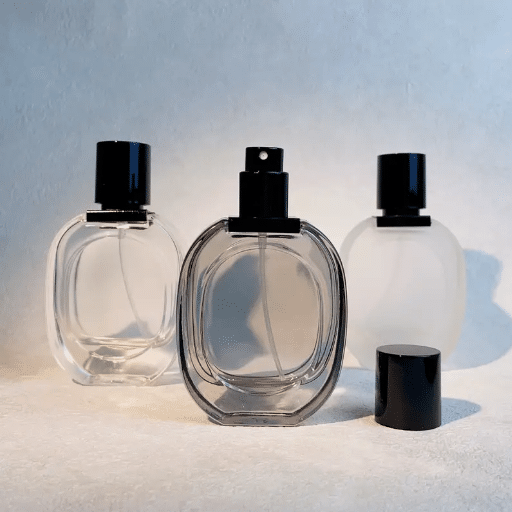Introduction to Tester and Original Perfumes
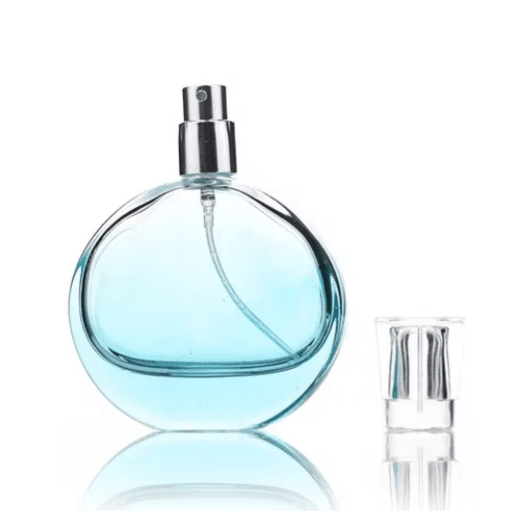
Only the packaging and intended use of testers differ from that of the original perfumes. Despite this, the main ingredient, which is made by the same brands and contains the same ingredients, remains. Tester scents are somewhat like a limited-edition version of the original scents, as they are simply less attractive to the consumer and less expensive to produce. To be more specific, the sole distinctive role of them (the tester perfumes) is the display or sampling at stores, which is why mostly they are kept in plain boxes and often one of the testers or two lack a cap, while the original ones are to be sold to the final consumer with complete branding, decorative boxes, and the whole presentation. The price of testers is usually lower than that of originals due to their more plain packaging, but the scent itself is the same.
What is a Tester Perfume?
A tester perfume is essentially a version of a perfume that is typically made available to consumers to experience the scent before purchasing the regular retail item. These testers are usually presented in the same formulation and quality as the original perfumes, but are housed in simpler packaging, such as plain cardboard boxes, and may sometimes lack decorative elements like caps. Retailers and wholesalers often use testers during the demoing process, and at the same time, they may be purchased at a lower price. Yet, the thing to be emphasized was that the scent was the same, packaging was merely a second thought; this marked the stepping stone to the fragrance industry, leading to providing consumers with a cheaper and yet a greater and more authentic purchase experience without having to pay the extravagant prices coming from the branded or decorative packaging.
What is an Original Perfume?
An original scent is a fragrance that has been deliberately created and associated with the brand or designer it is attributed to, ensuring that the smell is genuine, of high quality, and adheres to the original composition. The chemical composition of the resultant fragrance may partly originate from natural sources; however, a significant portion of it may still be synthetic. Nevertheless, the director and customer/brand send a clear message: whichever way the designer has in mind, the person or reference is not there – the product is. Relatively low in price, these fragrances come in boxes and even in the brand’s glass bottles, sometimes with a creative connection to the product’s luxury or theme during use. The customer decides to buy the original, without direct imitation, a modified version, or only certified authentic, which also ensures the acquisition of an original scent.
Differences Between Tester Perfumes and Original Perfumes
| Key Point | Tester Perfume | Original Perfume |
|---|---|---|
| Purpose | For display and trial use | For personal purchase and use |
| Packaging | Simple, often lacks decorative design | Premium and fully branded packaging |
| Bottle Design | May have “Tester” label on it | Fully branded and polished design |
| Fragrance Quality | Same formula as original | Same formula as produced |
| Quantity Provided | Typically standard retail size | Full retail size with packaging |
| Inclusion of Cap | May not include a cap | Always includes complete accessories |
| Availability | Limited, for stores and testers only | Widely available for general sale |
| Price | Usually cheaper than original price | Priced at full retail value |
| Target Audience | Retailers and store displays | General consumers |
| Retail Presentation | Used for customer sampling | Displayed for consumer purchase |
| Market Legality | Completely legal to distribute | Mainstream product for legal sales |
| Product Longevity | Equal to the original fragrance | Long-lasting as advertised |
Differences in Packaging and Presentation
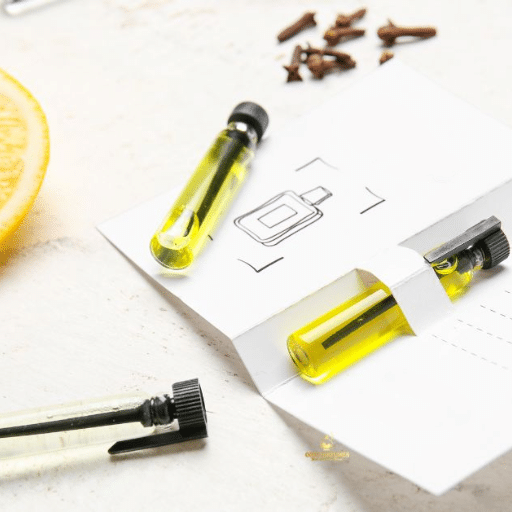
The packaging and presentation of actual and retail goods differ significantly. Testers are commonly packed in very straight or minimalist packaging. This can be a simple box with no decoration or branding. They can be labeled as a “Tester” and thus include only the bare minimum for marketing, focusing solely on functionality. On the other hand, retail goods are often packed in attractive packaging designed to draw customers. Retail packaging typically features branded logos, elaborate designs, and protective materials that not only enhance the product’s shelf appeal but also create a high-end unboxing experience for consumers. The point is that testers are still in the development or quality assurance phase. In contrast, retail products are already on the market with the intention of being part of consumers’ lives.
Tester Packaging Variations
The packaging of testers can vary significantly depending on the industry, product category, and target audience. In the case of the cosmetics industry, for instance, testers are usually provided in the form of smaller, low-cost, and yet packaging-enough-for-sampling sachets, small tubes, or even spray vial containers. A similar trend can be observed in the perfume industry, where testers often feature straightforward bottles with minimal labeling or just a few words that describe the scent and link the product to the brand. When it comes to selecting the correct tester for the consumer electronics category, the testers may be scaled-down instruments or those with only a few working parts, allowing the customer to get a feel for the product without having to deal with the full item’s packaging details. These minor deviations help continue to offer companies’ end-users a practical and cost-effective way to experience or evaluate the product before making a purchase.
Design and Labeling of Original Perfumes
The creation and labeling of the designer perfume are done with utmost care and attention, combining various factors such as appearance, function, and narrative, which collectively contribute to a compelling brand identity. The form of the bottle frequently serves as the fragrance’s main personality trait; its visual side is vast, with lots of space, different materials, and the design looks as if it is floating. Emotions ranging from luxury and minimalism to boldness are highlighted with corresponding shapes and colors, and often, labels are given a beautiful typographical layout and a selection of colors, presenting the brand image and evoking the desired emotions. As consumer preferences play a significant role in the market, being sustainable in design, for example, by using recyclable materials or refillable bottles, is growing in importance. Through an exclusive logo or finishes, such as texture, the perfume packages are designed to make a strong impression and stimulate multiple sensory perceptions in the customer simultaneously.
Consumer Perceptions of Packaging
The secondary meaning of change in the consumer’s view on packaging is evident alongside the increase in demand for product sustainability and features that are easy to use. Research on customer behavior indicates that approximately 72% of consumers are influenced to buy products by their packaging. Eco-friendly and sustainable designs are in tune with the concerns of buyers who are concerned about environmental pollution and therefore have a positive impression of products that utilize recyclable and less wasteful materials. Transparent and minimalist designs are highly preferred because they make products look visually appealing, thereby indicating to customers that the product’s quality is superior. In addition to all this, more user-friendly options, such as QR codes or innovative packaging, are becoming increasingly frequent for the benefit of both customers and the company. The fact that product information is made simple and direct attracts more customers and keeps them on the website for a longer period.
Formulation and Quality Analysis
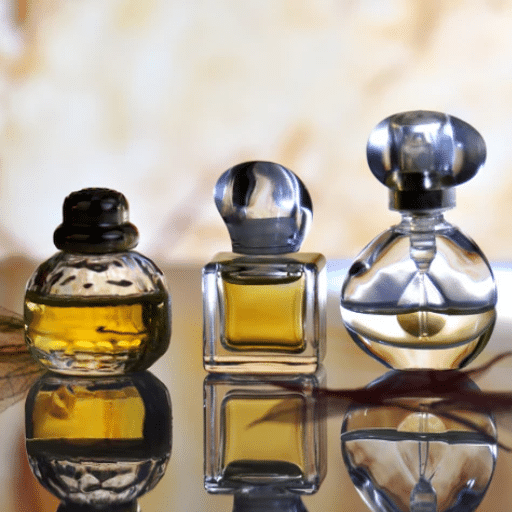
The process of formula creation begins with the selection of high-quality raw materials that must meet safety and performance criteria. A well-built formulation, along with the necessary supporting documentation, ensures the quality, stability, and effectiveness of the final product, while also ensuring compliance with legal and regulatory provisions through the use of compatible ingredients, proper proportioning, and adherence to the requisite regulatory requirements.
To ensure that the formulation is formulated correctly, it must be analyzed for its quality and that the results obtained are within the preset specifications. This most likely involves assessing the chemicals, testing the physical properties, and, of course, looking for the presence of the most serious enemies, the microorganisms. Moreover, measuring pH, checking viscosity, and differentiating analytes can also contribute to understanding quality and performance. Some of the tools of quality control and testing include sensory methods, as well. Plants are often professionally audited and operate under the requirements of Good Manufacturing Practices (GMP) to eliminate a bad reputation and to gain customer loyalty through being a reliable partner.
Ingredients in Tester vs Original Perfumes
In terms of scents manufactured in bottles labeled “tester” and others labeled as “originals,” it is indeed a typical situation where the ingredients used in both are generally the same. Tester perfumes are designed to be as similar in scent as possible to their original counterparts, and to achieve this, they use the same amount of fragrances and alcohol. In terms of scent, they differ primarily in packaging and presentation. While testers are also bottled and sealed like other perfumes, they may be as simple as a plain glass bottle without a cap or a package. However, some makers of perfume bottles claim that testers smell more intense simply because of certain factors, such as being new or having very little exposure to air before use. However, it is better to say that both the original and the tester have the same ingredients and formula, ensuring that when one examines the core, the differences are very minor and negligible. Hence, the industry remains focused on providing quality, even though it creates goods for advertising purposes only.
Concentration Levels: Are They Different?
It’s the fragrance intensity you must consider when contemplating purchasing a perfume. Testers are typically manufactured with the same concentration as the original retail versions, whether it is an Eau de Parfum, an Eau de Toilette, or a different formulation. This uniformity is a key element in accurately displaying the fragrance’s true features to clients. In cases where the concentration is higher, such as with a Parfum, it means that the amount of aromatic compounds is greater compared to the amount of alcohol, thus producing a smell that is more intense and long-lasting. On the contrary, Eau de Toilette and Eau de Cologne have lower concentrations, resulting in a more subtle scent. Consequently, the concentration levels in testers are equivalent to those of their retail counterparts, allowing manufacturers to ensure that consumers experience the product similarly. This practice serves as a link that reinforces both brands and their audience’s support and credibility.
Quality Comparisons Between Tester and Original
The primary difference between testers and their retail counterparts lies in the formulae. Testers are manufactured in a way that allows potential customers to experience an exact fragrance, as they are made from the same high-quality mixture of essential oils, alcohol, and other ingredients as the original product. The only thing that is more common in the glass of a tester bottle is simpler boxes and the absence of decorative caps or elaborate designs, which are not used to save more production cost. Nevertheless, the quality and the scent itself are not compromised. New information reveals that the producers strictly follow quality control processes to ensure that the testers’ samples match the retail samples in terms of performance, longevity, and sillage, thereby providing customers with an accurate representation of the original product.
Longevity and Performance
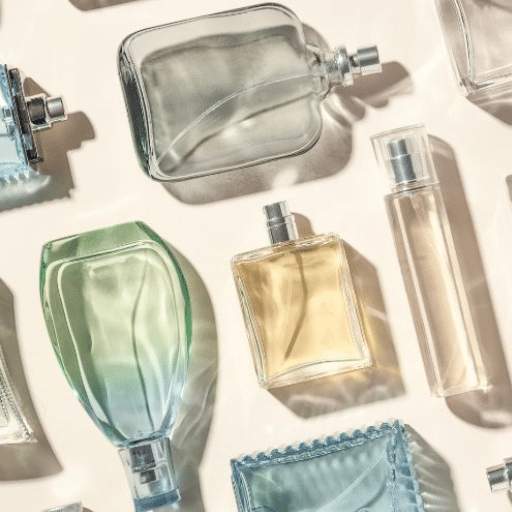
The perfume testers have the same longevity and performance as the full-size fragrance spray. The reason is that both items are produced with the same level of perfume oil and other ingredients. Testers undergo the same quality assurance procedures that ensure the fragrance’s, projection’s, and wear time’s accurate representation of the retail product. Testers are considered to be a dependable source for assessments of perfume in terms of performance and the entire experience without any.
Do Testers Last as Long as Originals?
Testers are designed to be identical to the original retail versions, which also relates to their endurance. As both testers and retail fragrances are made with the same strength of essential oils and aromatic compounds, their staying power is almost identical. Longevity may be influenced by factors such as skin type, environment, and application method; however, these impacts are equally applicable to both testers and the original bottles. Testers are produced meticulously to give a very close recreation of the fragrance, so the wear time of both scents can be relied upon to be almost the same.
Performance Differences: A Closer Look
The performance evaluation of perfume is typically a matter of product composition, maintenance, and skin chemistry. Testers are not unlike their sales-floor counterparts, as they possess the same properties as real perfumes, which is ensured by the same level of technology used in their manufacturing. It is worth mentioning that storage conditions, such as light exposure or temperature fluctuations, can compromise the scent of both testers and full-size products over time, apart from possible chemical decomposition. Furthermore, the state of the skin, in terms of its pH value, moisture content, and temperature, also plays a significant role in the interaction of a fragrance with the wearer and its longevity. The reports from the field, i.e., the usage studies, consistently show that when properly treated, both test and retail items are equal in terms of sillage, projection, and long-lasting power, confirming the competitive nature of the two variants.
Factors Affecting the Longevity of Fragrance
1. Skin Type and Hydration Levels
Scent typically remains much longer on softer skin compared to dry skin. This is because hydrated skin acts like a barrier to scent molecules escaping, while dryness increases the release rate. The life of a fragrance can be made longer by applying an unscented lotion or body oil before spraying the perfume.
2. Concentration of the Fragrance
The formulation type significantly influences its wear time. For example:
- Eau de Cologne (2–4% perfume oil): Lasts around 2–3 hours.
- Eau de Toilette (5–15% perfume oil): Lasts approximately 4–6 hours.
- Eau de Parfum (15–20% perfume oil): Provides 6–8 hours of wear.
- Parfum/Extrait (20–40% perfume oil): Can last over 10 hours or more.
3. Environmental Conditions
Various weather conditions, including heat, humidity, and wind, influence the performance of a scent. The volatile compounds, which the high temperatures increase the speed at which they evaporate, can, in most cases, lead to the scent’s longevity being shortened. Conversely, the fragrance’s scent may last longer in cold climates.
4. Application Points
Fragrances have a peak effect on sweat glands, such as on the wrists, neck, and back of the neck, even when applied. These areas have heat sources, which is why the areas are the hottest, slowly developing the scent. Besides other things, spraying on clothes may also add longevity, but it can alter the fragrance and cause it to spread farther.
5. Storage Conditions
To maintain the integrity of chemical compounds in fragrance bottles, they must be stored properly. The direct sunlight, heat, or changes in temperature that a fragrance may encounter can alter its potency over time. Keeping the fragrances in a calm, dark place, such as a drawer or closet, is the best option to preserve them over time.
6. Body Chemistry
The reactions of the chemical components in the fragrance bottles are significantly influenced by an individual’s pH levels, skin oils, or body temperature. The elements mentioned above can slightly alter the perception of a scent for each person, as well as affect its lasting time.
Cost-Effectiveness and Value Perception
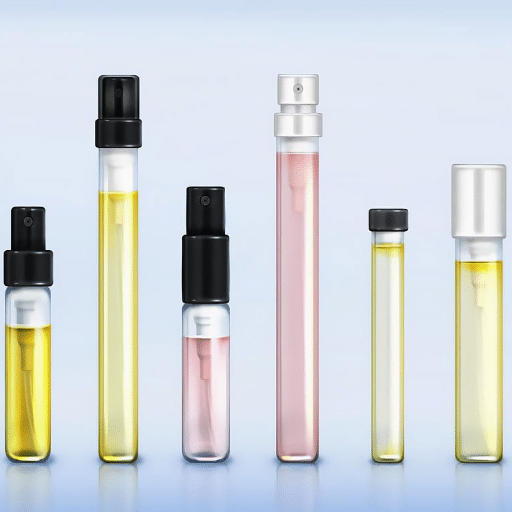
Such a task is vital if you want to know if a scent is worth the money. The strength of the smell, the fame of the brand, and the size of the bottle are only a few of the many aspects that need to be taken into account. Perfumes with a higher concentration of the scent, such as parfum, are the ones that usually last longer, and, thus, it is cheaper to use them even though they may be more expensive at the outset. Additionally, a significant amount of money from reputable companies is invested in acquiring high-quality fragrance ingredients and conducting rigorous tests. Therefore, it is reasonable for these companies to request a higher price. Being aware of all these things, consumers can then decide if a fragrance is of excellent quality in proportion to its cost. Ultimately, these are the individuals who must balance quality, longevity, and personal preference to find fragrances that are worth the price.
How Pricing Differs Between Testers and Originals
The price difference between testers and full bottles of fragrances is usually quite significant, and factors such as packaging, presentation, and the product’s purpose dictate it. Testers are typically designed for display in the store or for sampling, and they are often sold without the fancy boxes or decorative crowns that are found in retail versions. This basic representation method enables testers to be passed on at a more reasonable price, while maintaining the original formula and quality of the fragrance. In contrast, full bottles of fragrance comprise the entire selling process, from the branded boxes and unique designs to the point of purchase, which is the most crucial in determining the product’s value perception. The selection of an affordable (also cost-effective) method for acquiring delicate scents would direct the consumer to testers as the best option, especially if the appearance of the packaging is not the primary consideration. The most significant price gap is always the one that is made between the least expensive functional part and the most expensive added-value part of the product — the presentation and packaging.
Benefits of Buying Tester Perfumes
Cost Savings
The prices of tester perfumes are noticeably lower than their brand-new retail equivalents. The difference in cost of a tester product can be as high as 50% or even more, which is the main reason it appeals to the budget-conscious public who would like to have luxurious fragrances at a lower price.
Same Quality Fragrance
Testers definitely contain the same scent as the perfume; however, other factors differ. The primary difference lies in the absence of a decorative cover and sometimes a simpler design of the bottle. This way, you can be assured of having the same premium fragrance at a fraction of the cost.
Eco-Friendly Option
Hence, by choosing tester perfumes, you will help reduce waste. Due to full-price versions not being associated with excessive amounts of packaging and marketing flyers, the production of testers results in a more environmentally friendly consumption pattern.
Larger Bottle Sizes Available
Many testers are sold in larger bottle sizes, allowing consumers to get more fragrance for a better price. This also brings additional benefits, such as allowing the user to use perfume continuously, thereby requiring a longer-term supply, while also adding value.
Ideal for Personal Use
The reason why tester perfumes usually lack the glossy and unnecessary cover is that they are highly suitable for individual use, where the look isn’t that crucial at all. Then, all of your being could be given entirely to the scent of the perfume and the pure joy derived from it.
Wider Range of Choices
The testers might include in their packages scents that are pretty valuable and not very common to obtain outside of the original distribution mode.
Consumer Value Perception of Testers
The attitude towards tester perfumes from the end-consumer side is generally positive, mostly viewed favorably by fragrance lovers and those seeking good-value items. The testers are often promoted as a wise and economical buy, precisely because they offer the exact quality of perfume as their department store equivalents, but at a lower price. In addition, the minimal packaging is appreciated by many, as it is believed to be eco-friendly, and it attracts those who are environmentally conscious in their purchasing decisions.
Testers are loved by scent devotees who are in search of unattainable or discontinued fragrances, as they may get an opportunity to own not mass-produced, unique perfumes. The touch of rarity that testers add to the fragrance lovers is what also makes them desirable among niche markets and collectors. In addition, the presence of testers enables consumers to try out all the scents included in a new fragrance without having to purchase a full retail version, thereby increasing their confidence in their shopping decisions. This series of features presents a compelling case for the fairness and adaptability that testers bring to the perfume industry.
Reference Sources
-
Patch Testing with a New Fragrance Mix Detects Additional Patients Sensitive to Perfumes
- Summary: This research evaluates a new fragrance mix (FM II) for patch testing, which identifies additional cases of fragrance sensitivity missed by the current mix (FM I). The study tested 1,701 patients across six dermatological centers in Europe.
-
A Test Method for Evaluation of Colourfastness of Textiles to Perfumes
- Summary: This paper presents a laboratory-based method for evaluating the impact of perfumes on the colorfastness of silk fabrics. It compares three methods: simple spray, rubbing, and perspirometer tests.

